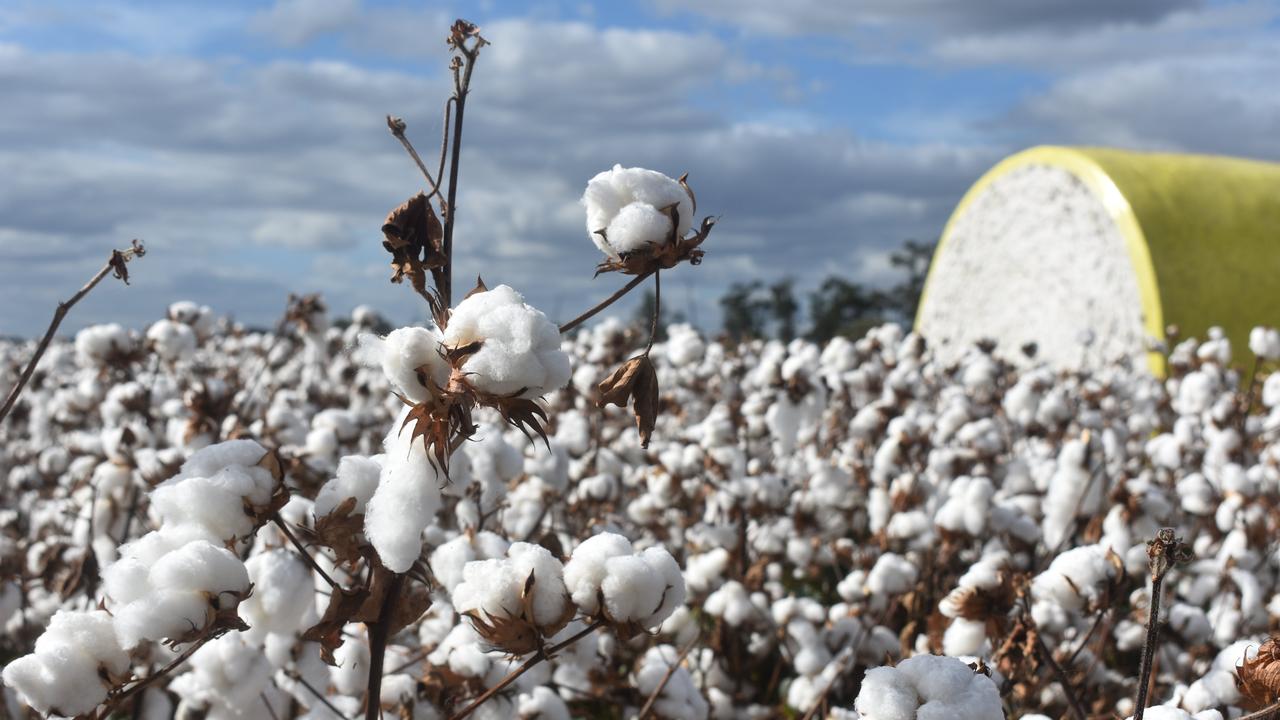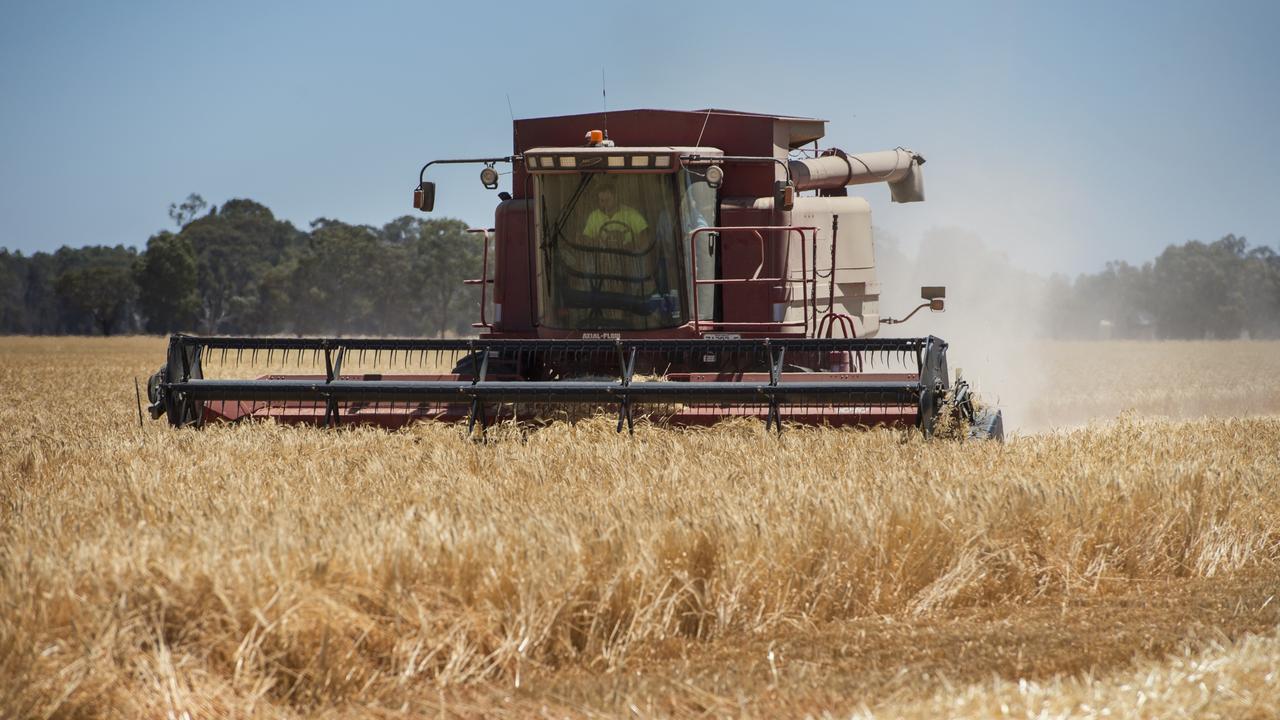Beating the rain key to cashing in on demand for quality
Vetch hay has suffered rain damage and now cereal hay is exposed. Rainfall this week will determine quality and price for export markets.

THE weather is testing every hay grower as the forecast for a wet spring becomes a reality.
Most of Victoria’s vetch hay and South Australia’s oaten hay has been impacted by rain and now the cereal hay crop of Victoria and the Riverina are under threat.
Much depends on the quality of hay this season for both domestic and export buyers.
Exporters are eager to compete against their North American competitors with high quality oaten hay.
They hope high quality can help achieve a higher market share and price compared to the lower quality timothy and alfalfa hay that suffered rain damage during May and June.
Domestic buyers are also looking for a high-performance hay that can lift the average quality of their fodder inventory.
Although tests are yet to confirm, excessive rain in southern Victoria has delayed cutting and increased the fibre content of silage.
The central Mallee of Victoria began cutting oaten hay at the start of the month but most growers in the southern Mallee and north central regions began cutting in the second week of October.
That was just prior to 10 to 15mm of rain, but growers know they have little option but to cut when the plant has reached its optimal maturity for quality.
Given the 25 to 30mm of rain during two fronts that have passed since cutting, growers are expecting some damage to their hay.
In previous seasons, dry finishes have limited the bulk of hay crops and the small windrows of high sugar content have cured quickly without too much mechanical assistance.
This season hay growers are resorting to tedders and super conditioners to speed up curing and dodge the next showers that seem to appear every week.
Tedders have been more common on dairy farms in southern Victoria where they spread swathes of pasture and physically remove residual moisture from the surface of the fodder.
This season hay growers north of the Great Divide have used tedders to spread vetch windrows soon after cutting, however the fine leaf of vetch does limit the number of mechanical movements growers can use to speed up curing.
Super conditioners squeeze windrows between rollers under high pressure and are designed to crack open the node of cereal stems and dry moisture from the slowest curing component of the plant.
With this mechanical assistance and some cool yet windy days, some central Victorian growers have managed to bale and store some oaten hay within eight days and before the 15 to 20mm of rain that fell last weekend.
Cereal hay prices are still evolving, but some early sales of vetch hay have been made at $200 to $220 a tonne ex northern Victorian farm.
MORE
GROWERS FACE DILEMMA WITH RAIN THREATENING QUALITY


